|
Winter is upon us, and that means it’s time to ensure your project site is ready for the weather to come. Refresher: In case you haven’t seen it, we have a blog post that goes over helpful general information for site winterization here. Training Opportunity: There is a free training webinar on site winterization available through StormwaterOne here. When ice and snow melts and warm weather in the spring brings heavy rain, bare soils on construction sites are subject to erosion. As a result, sediment-laden runoff can enter storm systems and natural waterways if proper precautions are not taken. One of the best lines of defense for keeping soils in place is stabilization through temporary or permanent seeding. Yes, you can (and should!) stabilize idle sites (not going to be worked for >14 days) and sites that reach final grade in winter. WHAT IS THE TIMELINE FOR DIFFERENT TYPES OF SEEDING? 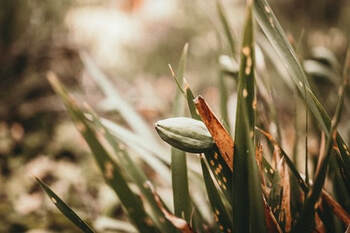 photo credit: Alekon pictures via Unsplashed photo credit: Alekon pictures via Unsplashed March 1st-August 15th: Oats, Tall Fescue, Annual Ryegrass, Perennial Ryegrass, Creeping Red Fescue, Kentucky Bluegrass* August 16th-November 1st: Rye, Tall Fescue, Annual Ryegrass, Perennial Ryegrass, Creeping Red Fescue, Kentucky Bluegrass, Wheat* Note: It is advised that seedings should not be made from October 1 through November 20. During this period, the seeds are likely to germinate but probably will not be able to survive the winter. For dormant seeding, it is advised to wait until temperatures consistently stay below 50 degrees F to prevent early germination. Temporary seeding/mulching techniques can be used until the dormant seeding window. *Other approved species can be substituted November 1st-February 29th: Mulching/temporary stabilization until temperatures consistently stay below 50 degrees F when dormant seeding can be implemented as a permanent solution. This means if you are reading this article in November 2022, you have missed the normal growing season. Therefore, if your site has not been stabilized, you’re down to two options: mulching for temporary stabilization or dormant seeding for a permanent solution if areas have achieved final grade. WHAT EXACTLY IS DORMANT SEEDING? With this practice, the seeds will freeze and remain dormant during winter weather conditions. Then as spring weather emerges, the seeds will thaw and begin to germinate. This cycle follows what happens to seeds naturally during this time of year. This practice works great for the bare, exposed soil conditions that are often present at project sites that have recently achieved final grade. HOW IS DORMANT SEEDING DONE? Step 1 – Pick Your Seed The timeline above outlines seeding practices in the Rainwater and Land Development Manual specifically for stabilizing construction sites for commercial, industrial, and/or residential purposes and at different times of the year. The USDA Natural Resources Conservation Service also provides a seeding table that outlines the grasses and legumes suitable for different uses and provides formulas for calculating seeding rates. This table can be found in the Ohio Field Office Technical Guide (FOTG) located here. Step 2 – Prep When soil conditions allow, prepare the seedbed, apply required amounts of lime and fertilizer. Step 3 – Seed Within the appropriate timeframe outlined above, apply seed mixture with cyclone seeder, drill, cultipackers seeder, or hydro-seeder. Step 4 -- Mulch Mulch and anchor immediately after seeding. Acceptable mulch materials include straw, hydroseed, or erosion control matting/blankets. ADDITIONAL INFORMATION
If you aren’t sure what stabilization practices will work best for your site during winter months, our team at Warren County Soil and Water Conservation District is happy to help. Feel free to give us a call at (513)695-1337. ADDITIONAL RESOURCES: Rainwater and Land Development Manual Ohio EPA NPDES General Construction Permit Natural Resources Conservation Service
1 Comment
4/18/2023 12:00:35 am
I love that you talked that understanding the proper growing condition and the weather could help with a great seeding process. A few nights ago, my uncle informed me he hoped to find a sand dumping service to provide appropriate sanding and seeding options for his farm property development project. He asked if I had ideas on the best plan to consider. I value this enlightening sand dumping and preparation article. I'll tell him we can consult sand dumping services because they can provide information about their services.
Reply
Leave a Reply. |
Details
Urban team BLOGEvery month, the Warren Co SWCD Urban Team dives deep into the world of land development as it relates to stormwater pollution prevention. The blog covers topics like erosion & sediment control best management practices (BMPs), state and local regulations, retention/detention basins, and the conservation of our natural resources. Stay up to date with Development Digest by signing up for WCSWCD Urban eNews!
Categories
All
Archives
July 2024
|
|
|
Contact:PHONE: (513) 695 - 1337
EMAIL: [email protected] HOURS: Monday - Friday 7:30am - 4:00pm (except holidays) Connect:Warren County Soil & Water Conservation District Copyright © 2016
Warren SWCD Privacy Notice. Emails are serviced by Constant Contact. Constant Contact's Privacy Notice. |
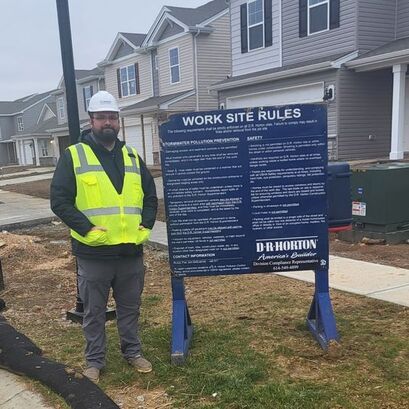
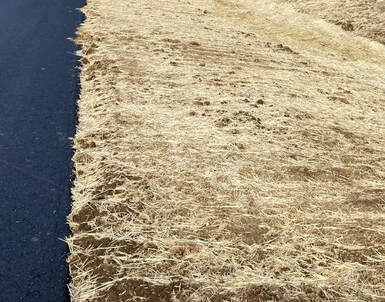
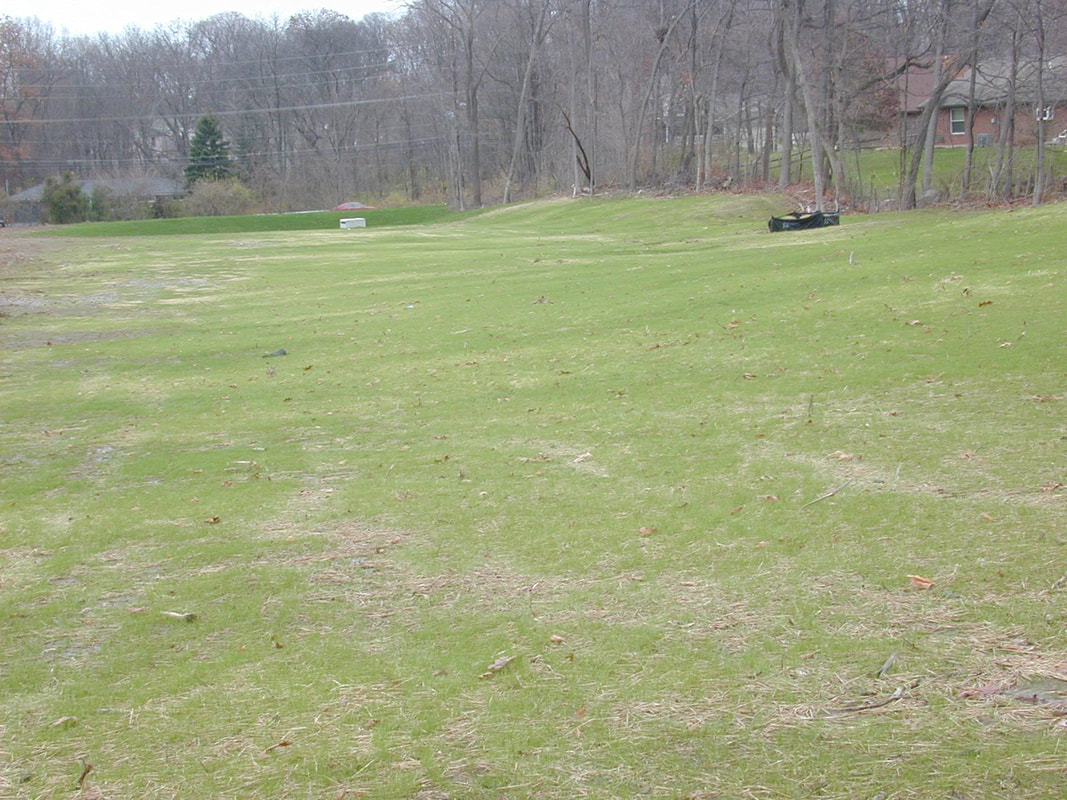
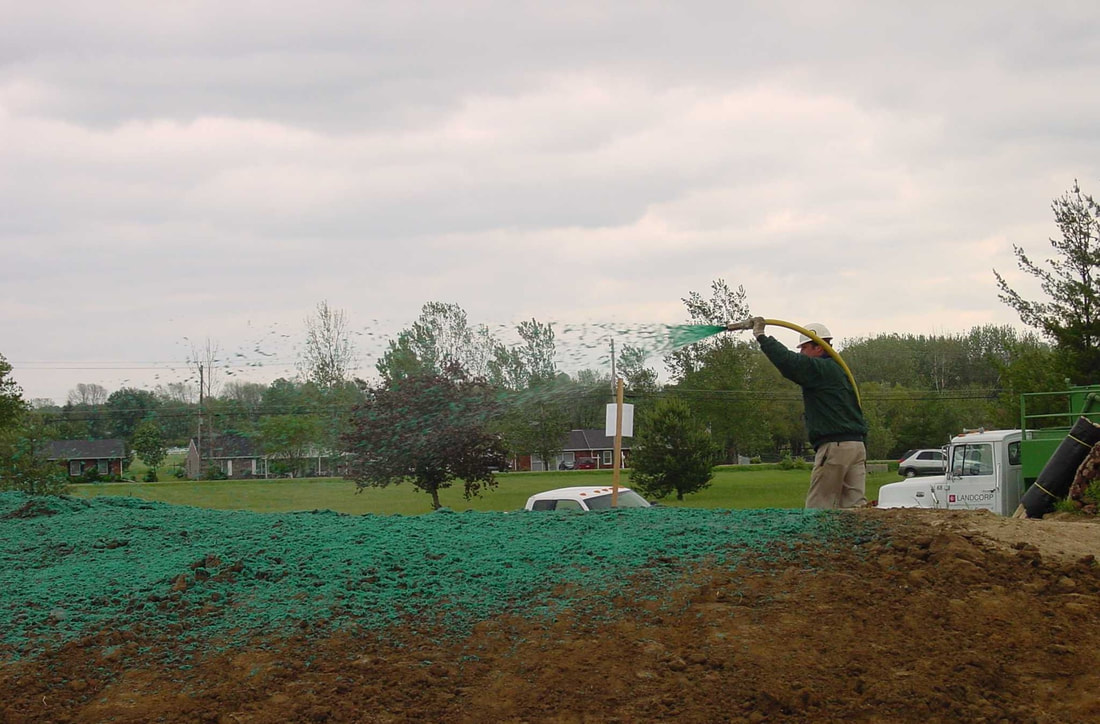
 RSS Feed
RSS Feed
